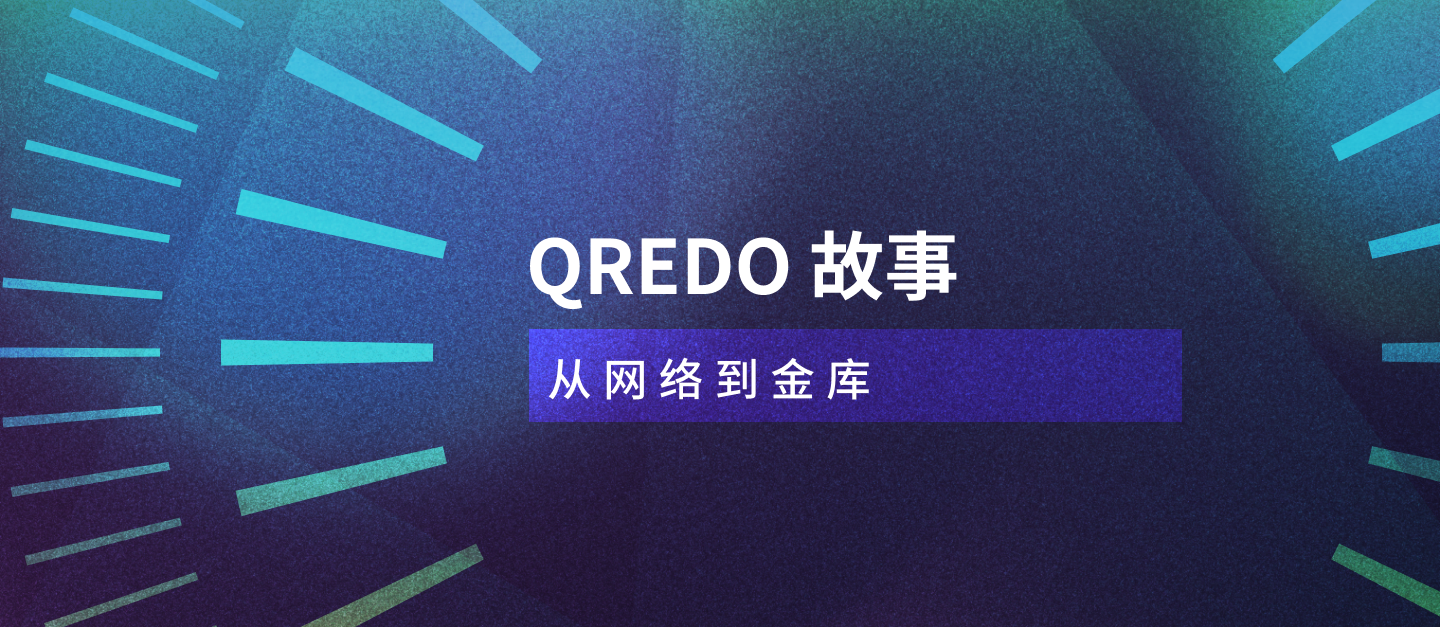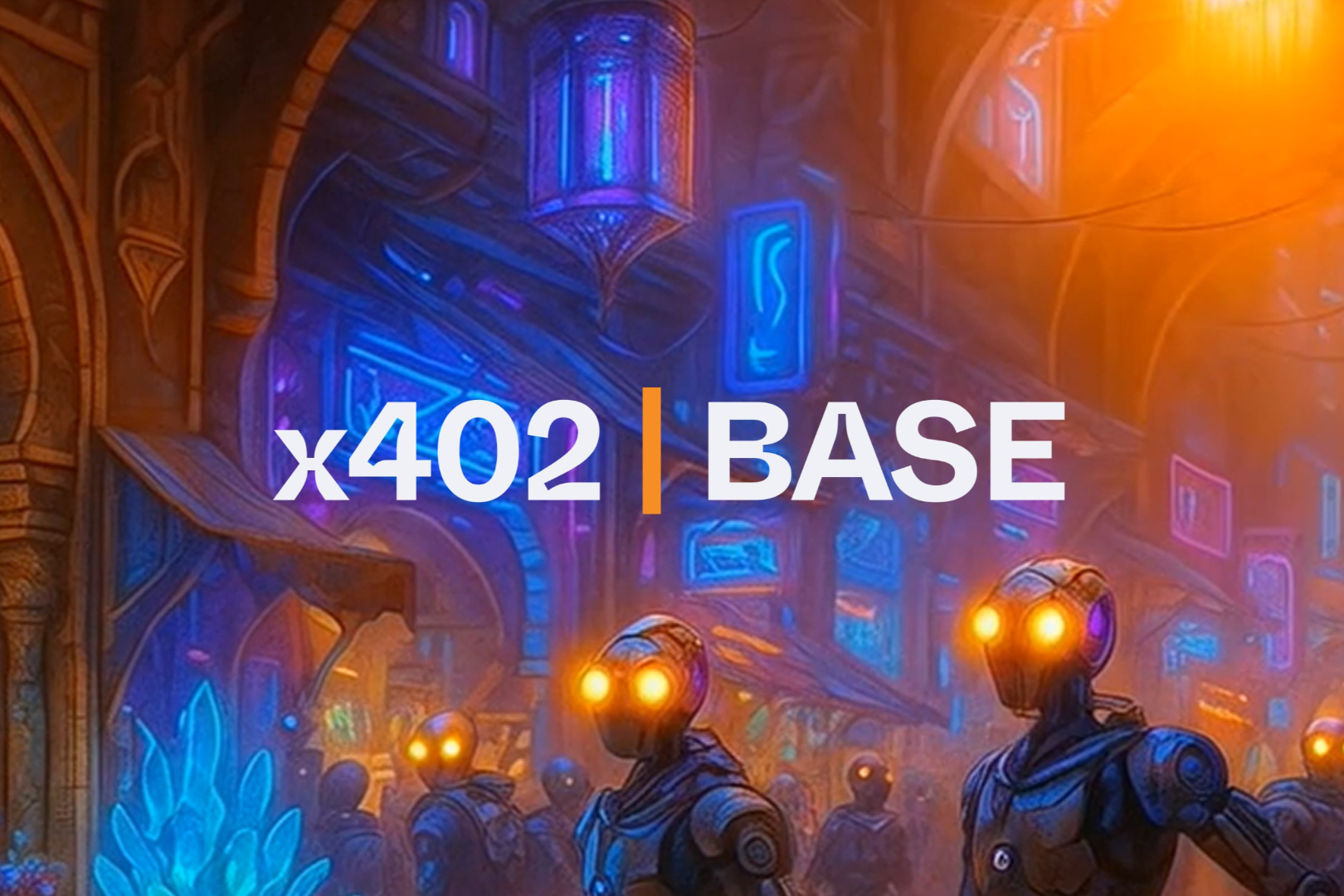
When we are preparing to launch the fully decentralized Qredo V2 next year, CEO Anthony Foy reviewed the development of Qredo for everyone; partners in the Chinese community, let us review this road to decentralization together.
Back in 2011 when I first discovered Bitcoin, it was about the same price as the U.S. dollar, and Satoshi Nakamoto only made a few comments on the BitcoinTalk forum.
Tragically, at the time I had no idea how to buy one!
I was living in Amsterdam at the time, and a friend told me to buy from a mysterious bar counter in the red light district. But it seemed to me at the time that being the world's first cryptocurrency broker was almost as unattractive as venturing into the shadowy underworld.
So, despite seeing the promise of programmable money, I missed the opportunity and Bitcoin was sidelined by me.
Over the next few years, I went on to lead several cutting-edge technology companies and secured a string of successful exits.
secondary title
At the beginning of its establishment
Around the same time, an old business partner of mine, Brian Spector, was watching the rise of Bitcoin in the field of enterprise cryptography.
A digital whiz and self-proclaimed math nerd, he worked at RSA Security in the US before leading his own enterprise encryption company. But after selling a plethora of hardware security modules to banks and intelligence agencies, he began to apply his analytical sharpness to another encryption product: cryptocurrencies.
We met a few years ago when I offered to buy his company. Although the acquisition of his company was unsuccessful at the time, we became friends. So, as Bitcoin enters the mainstream, we start to compare the nascent multi-chain world.
The crypto market back then – and still is today – formed a series of walled gardens. Assets cannot be moved directly across chains, and it is difficult to store and manage them securely, especially for institutional investors.
To help overcome this problem, Brian showed me a tantalizing solution that goes back to Bitcoin's main value proposition: trust minimization.
He believes that the fragmentation of the crypto market comes from centralized methods of managing private keys — such as hot wallets, cold storage solutions, and databases — that seek to shoehorn decentralized assets into centralized boxes.
Without a way to decentralize private key management, the development potential of cryptoassets will be limited by the limited ability of the centralized infrastructure required to manage and secure them.
I totally agree.
Not long after, I made my first angel investment in Qredo. With that, Brian added his team of experts to MIRACL, an enterprise cryptographic company, with more hands to start building.
image description
image description
secondary title
hidden in the city
Brian's idea is to extend the spirit of Satoshi Nakamoto to private key management and completely remove trusted third parties from the digital asset custody business.
But as you can imagine, this is easier said than done.
multi-party computationmulti-party computationThe concept of (multi-party computation) — a little-known cryptographic technique that enables distributed computers to generate digital signatures at any time without generating a full private key.
However, since early MPC hosting implementations just replicated the old problem of needing to trust a third party. We have to do this differently.
So while everyone from IBM to Kodak was looking to blockchains for redemption, we dug the truth out of the hype and concluded that, in fact, the immutability of blockchains actually provides the means to enable multi-party computation. The only safe way.
By fusing MPC nodes with fast-finalizing blockchains, we lay the foundation for a decentralized consensus-driven layer-2 MPC network. We realized that this could remove the need for private keys to manage ownership, allowing assets to be stored without intermediaries, transferred instantly, and flexibly managed across chains.
Soon, our team of cryptographers and developers grew beyond the capacity of our WeWork shared offices, and we moved our new headquarters to Shoreditch, London.
image description
image description
image description
secondary title
breakthrough
With a working prototype in place, we set out to put the next phase of our plan into action: proving to institutional players — such as traders, custodians, and market makers — that we have the technology to unlock this new asset class.
In the beginning, simply explaining Qredo's future business to investors was a challenge.
We encountered a lot of resistance when attracting investment. Investors feel confused and suspicious about the prospects we paint. Some investors even outright deny the possibility of decentralized private key management.
But after hours of discussion and giving each other enough information, they believed us.
We expanded our sales and marketing scale, as well as our reach. By the time we launch our mainnet in September 2020, we've already had a ton of support. This support has since also translated into funding for Qredo Ltd, where we closed a $2.9 million pre-seed round led by gumi Cryptos in March 2019, followed by a $2.9 million pre-seed round in March 2021atomic swapimage description
image description
secondary title
Make friends
One of the first people who really got to know Qredo as a portfolio management systemHedgeGuardImad Warde. We met by chance at the CoinDesk Consensus 2019 conference and have since become one of our first partners.
This sets the stage for many partnerships and integrations, including licensed custodiansHexTrust, loan agreementX-Margin, and of course the Web3 GatewayMetaMask Institutional. Recently, we partnered with the Bitcoin Alliance (includingOpen Bank Project, API3 In cooperation with the local bank Banco Hipotecario),Giving Technological Momentum to Bitcoinization in El Salvador。
Collectively, the activities driven by these partnerships have helped drive the growth of the Qredo Network. As of November 2021, we had nearly $8 billion in assets under management, approximately 50,000 wallets and over 11,000 monthly active web users - reflecting a strong product-market fit.
Of course we will not be satisfied and stop there.
From the beginning, Qredo's vision has been to not only open up the digital asset market to institutions, but to make institutional-grade digital asset infrastructure accessible to everyone. Even better, we'll make it all available on an open source platform owned and operated by the community.
The July 2021 launch of the Qredo token is an important milestone in this journey. It inspired a dedicated group of token holders on the network and set us on the path to decentralization, with the core team handing over ownership and control to the community.
Over the next few months, as this process of decentralization unfolds, there will be additional opportunities to becomeQredonianBe part of the story and join us as a Qredonian, validator, liquidity provider, and more.
telegram grouptelegram groupTwitterTwitter, continue to pay attention to Qredo Network.
secondary title
Qredo Chronicle
December 2018
Co-founders Anthony Foy and Brian Spector acquire Qredo shell.
March 2019
Completed $2.9 million in pre-seed financing.
December 2019
first minimum viable product
March 2020
Contributed to the patent work of the Apache Milagro incubation project
June 2020
Launched the consensus-driven multi-party computing network v1.0 Testnet
September 2020
Mainnet v1.0 with support for BTC and instant transfers launched
December 2020
Added Ethereum support and BTC to ETH atomic swap
March 2021
Strategic investors including Celsius, Deribit, Wintermute and Coinbase Ventures completed an $11 million seed round for Qredo.
March 2021
Introduced support for multi-user controlled USDT and USDC corporate accounts.
May 2021
Expanded ERC-20 token support
June 2021
Announcing partnership with HedgeGuard
July 2021
Launch of Qredo Token (QRDO) on CoinList
August 2021
Launch Liquidity Hub in public beta
Qredo has a promising future
March 2022
Mainnet v2.0 will be launched
Original link: https://www.qredo.com/new-blog/qredo-story



